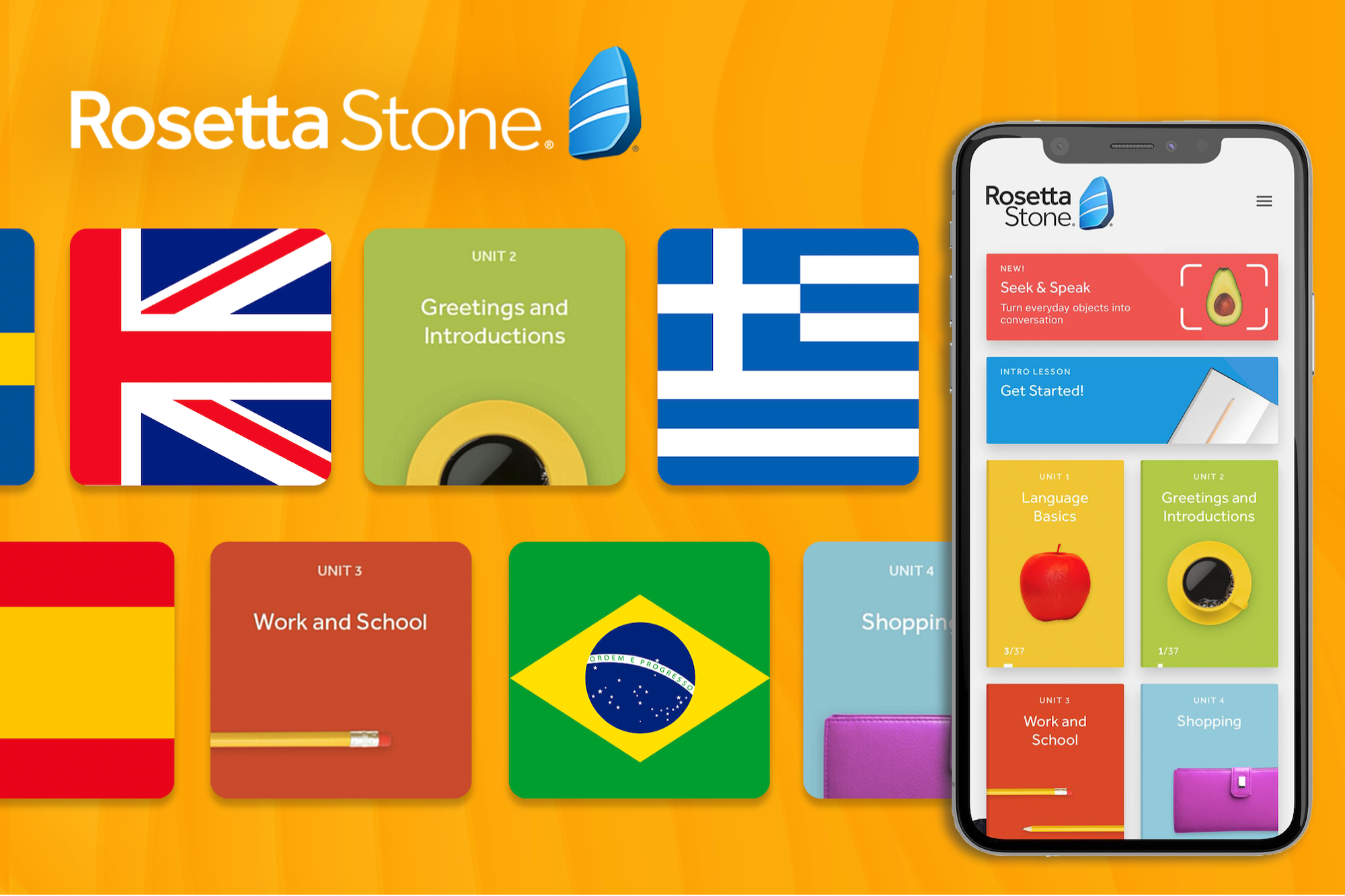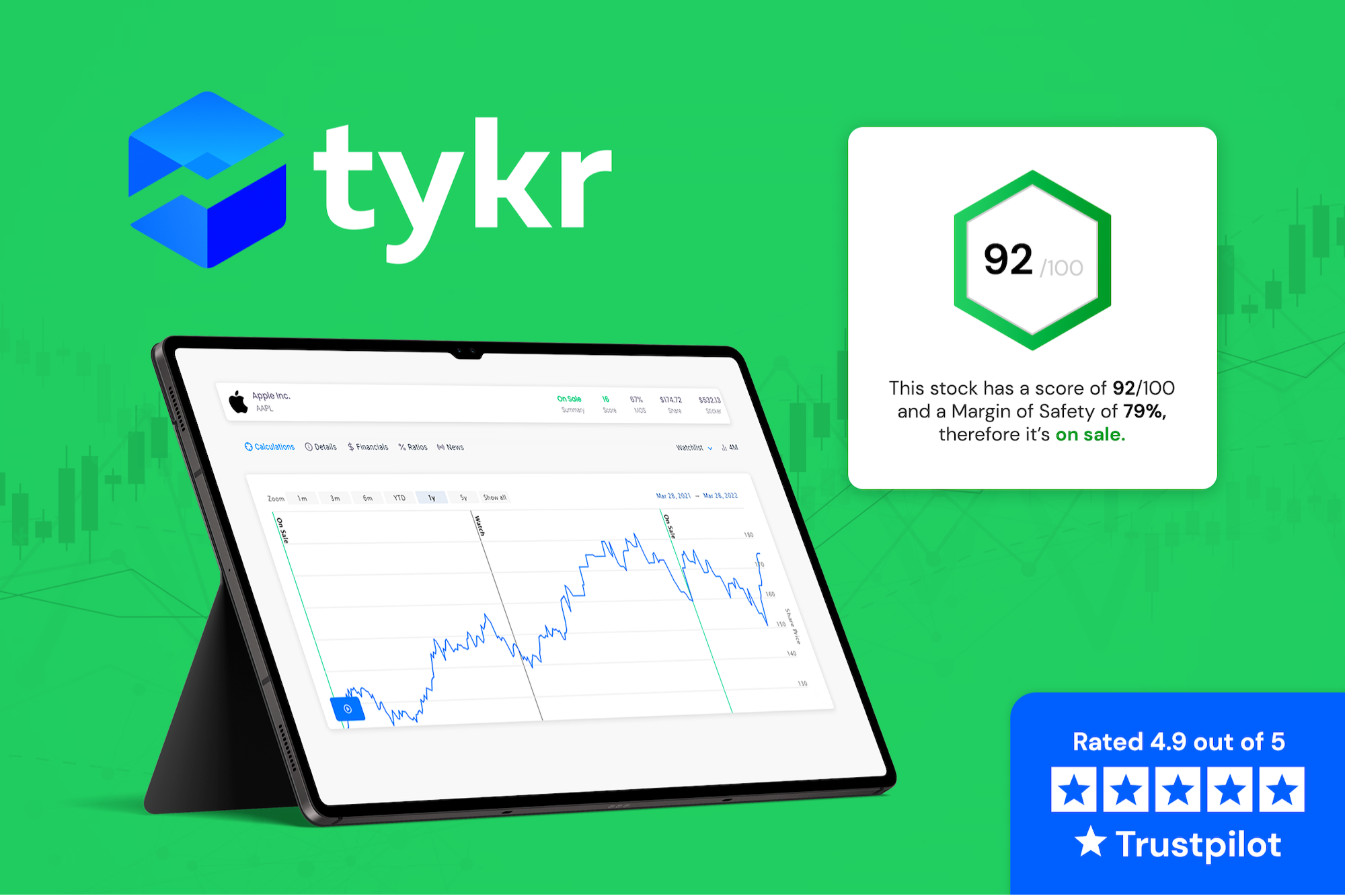
11 Simple Techniques for Gaining Customers’ Trust Online
Establishing trust in an online context is both critical and difficult. When customers shop at a brick-and-mortar store, they have multiple indicators of how trustworthy a business is. Individual clues might include professional signage, a friendly store owner, a clean storefront, products in stock, and other customers browsing and making purchases.
Shopping and ordering through a website is a vastly different experience; customers have less to go on when determining how comfortable they feel making a purchase. Consequently, it’s up to you to quickly earn their trust and curb any skepticism. Here are 11 techniques for earning trust online from your customers as well as from search engines, while maximizing conversion rates.
Why Trust Matters
Before we look more closely at individual steps that you can take to assure prospective customers that your business is trustworthy, it’s important to be clear on why trust matters. The most common concept at stake here is simple: People do business with those that they like, know, and trust. Brands are a popular proxy for trust: If a consumer believes that a specific brand produces quality products or services, anything with their stamp of approval is likely to pass the basic trust test.
If you’re working to build trust online, it’s important that you provide as much support as possible for that notion. Accomplished copywriter and Web marketing expert Gary Bencivenga called this “proof.” In time, positive customer service interactions and high-quality sales act as proof that your business is reputable. But here’s a closer look at what online businesses can do to help build trust–both with potential customers, to drive sales, and with search engines, to rank well for important keywords.
1. Professional Web Design
It doesn’t matter how compelling your content is: if your Web design harkens back to a 1990s Geocities site, customers are going to be concerned about the legitimacy of your business. If your site design looks ugly and unprofessional, you’re likely to lose a large percentage of users and experience a high bounce rate. But if your site looks professional, with high-definition graphics and user-friendly navigation, visitors will stick around to explore the site further.
While first impressions are important in any type of business, they are even more important for online stores. That’s why it’s crucial to take the time to create a compelling and aesthetically pleasing design. If you’re not comfortable with doing this, it’s best to hire a professional Web designer. Let me add one important note here: I don’t mean to say that your site design has to be expensive. Many websites can be designed cheaply using WordPress templates, with the end result being simple but professional. The key here is to answer the question: If a prospective customer looked at this site, would they trust you enough to give you their money or credit card information?
2. Brand Humanization Elements Such as a Comprehensive “About Us” Page
Once prospective customers have a certain level of interest in your products or services, many will want to know more about your business and company culture. Essentially, they want to know who they’re potentially doing business with. One of the most effective ways to answer this question is by creating an inviting “About Us” page. Good “About Us” pages include a brief history of your business, what types of products or services you offer, and what your unique philosophy is.
It’s smart to include any awards you’ve received, major accomplishments, and organizations of which you’re a part. Adding some images of team members along with brief biographies can further develop trust by humanizing your brand. The tone is also important. You need to consider the industry context, but let’s revisit our earlier observation: People do business with those they like, know, and trust. It’s much easier to like, know, and trust a person behind the brand, rather than a brand itself. Wherever possible, allow prospects to see the people that power your brand.
3. Contact Information
Due to the number of scam artists and business schemes out there, you need to prove that you run a legitimate business. This can be done easily by including a “Contact” page with a telephone number, email and mailing addresses, and other information.
Many online businesses offer only a generic email address, which can feel sketchy. Going beyond that by including employees’ email addresses, Twitter account user names, or LinkedIn profile URLs helps establish extra credibility. It also streamlines the networking process and assists in acquiring new customer and business relationships.
4. Privacy Policy
In a time where identity theft and the leaking of sensitive information have become all too common, it’s smart to prove that customers’ private data will remain secure when they do business with you. This can be done by creating a privacy policy and inserting it alongside the About Us and Contact page underneath your website’s header or on the sidebar. Privacy policies provide a brief statement saying that you won’t share any private information like customer name, address, financial records, credit information, etc.
Often, having this peace of mind will help turn potential customers into actual paying customers. Just make sure that you stick to your word and never disclose any information that you shouldn’t. It’s also useful to note that Google looks to see whether sites have privacy policies as part of their manual quality evaluations, so this should be a minimum step for anyone doing business or publishing online.
5. Fix Broken Links
One common mistake that can lose potential customers is broken links, which convey a sense of unprofessionalism and failure to pay attention to detail. It can also lead people to wonder whether you’re even still in business. Accordingly, many would-be customers end up taking their business elsewhere. That’s why it pays to routinely audit your site to ensure that all links are working as they should and fix any that are broken. There are plugins and other programs that can check for these issues on a weekly basis and fix the problem or send you a report. In particular, I recommend Screaming Frog.
6. Certified Seal
Getting a certified seal from Trust Guard or the Better Business Bureau is another way to quickly increase your credibility. Both companies have the same purpose, but slightly different features. Although they require a financial investment and that you meet certain guidelines for approval, increased conversions will often cover the cost of these efforts and expenses.
After installing an icon from one of these companies, customers will have extra reason to believe that your business is legitimate and reputable.
7. Showcase Social Media Stats
If your business isn’t active on any social media networks or has a small number of followers, this tactic won’t apply. However, if you do have a significant following, showcasing your social media stats on your website can be immensely helpful. For example, you might insert a box showing that you have 8,000 Facebook fans or a Twitter follower count displaying 10,000+ followers.
These will typically be placed either at the top of a website underneath the header or on the top of the right sidebar, so visitors can immediately see them after landing on your site. Since many people assess the credibility of a business based on its popularity on social media networks, this can be a huge advantage for building trust. Be sure to include easy links to your key social media accounts, and share buttons that make it simple for visitors to share your content. This is also another way to help build credibility and momentum on social networks.
8. Testimonials
Sometimes, all a potential customer needs to get over trust concerns is a little reassurance from previous customers. Testimonials from satisfied customers can go a long way toward eliminating any last-minute skepticism. In order for this to work, you’ll need to acquire three or more testimonials from real customers. Include a picture of each person, along with some background information, such as their name and location to help increase their credibility.
Testimonials are commonly positioned throughout the sales content of a landing page, on the sidebar, or in a unique page solely dedicated to them. By tangibly proving the value of your products or services and how they have improved the lives of previous customers, you should see increased conversion rates.
9. Money-Back Guarantee
Just in case a customer doesn’t like the product or service they receive, it’s a good idea to offer them their money back. This is especially true when customers are making sizable purchases. Knowing that there’s no risk involved is a huge influencer that encourages people to go ahead and make a purchase. Typically, a 30-day refund policy is sufficient.
10. Secure Checkout
Once a customer is ready to make a purchase, there’s one final detail that can influence their decision to follow through with it: perceived security of the transaction. Ensuring that the third-party payment vendor you choose is reliable and remains current on the latest security technology is extremely important. PayPal and Stripe are recognized brands that most customers will feel comfortable with.
Use SSL encryption to prevent unauthorized parties from accessing financial information. Adding an icon or brief text at the checkout area stating that all transactions are secure can be helpful, too.
11. Frequently Updated Blog (With Great Content)
A blog that’s updated often is a sign that your website is well-managed and cared for; it’s an indication of how a prospective buyer or client will be treated by your company. But there’s more to it than just frequent updates. If the content is lackluster, that creates a bad impression of your brand. Your content should be authoritative, trustworthy, and written by an expert in your field.
Not only does this increase conversion rates, but it also will net you higher search engine rankings in Google, as I described in my article, “Why an Active Blog is Necessary for a Successful SEO Initiative.”
Speaking of search engine rankings…
Google uses human quality raters to evaluate the quality, trustworthiness, authority, and credibility of websites that appear in its search results. In order to rank high in search results, your website needs to pass muster during these quality reviews. But what does Google look for?
Luckily, Google’s quality rater guidelines were recently leaked; the full story can be found here, but here’s an infographic that sums up the key points that webmasters and online marketers need to know.
![10 Hidden Gems from Google's Leaked Quality Rater Guidelines [INFOGRAPHIC]](http://www.audiencebloom.com/wp-content/uploads/2014/07/Google-Infographic_072814_Final.png)
Via: AudienceBloom.com




This Post Has 0 Comments